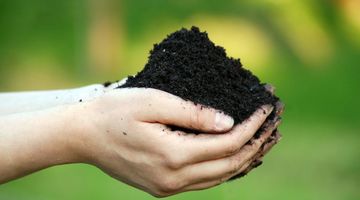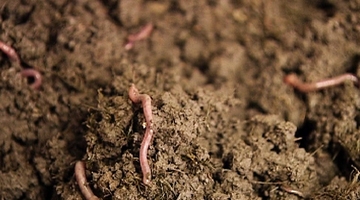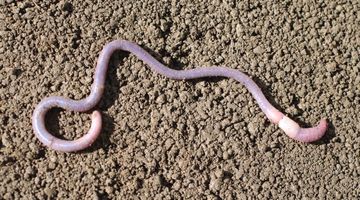New Zealand has over 200 known species of earthworms. Most of these are natives and are found nowhere else in the world. Many of our native earthworms live in remote forest habitats so we don’t know much about them.
O. multiporus is a large deep-burrowing native earthworm. Its bioluminescence made it a traditional fishing bait and lure for Māori.
Transcript
Narrator
Just as we have native birds like the kiwi or the takahē or native insects like the wētā, New Zealand also has native earthworms. They were once widely distributed throughout the country and became highly specialised to live in particular types of forests or native grasslands. Most species are unable to adapt when forests are converted to agricultural land such as pasture, and they die out.
One exception is the native O. multiporus. They are deep-burrowing earthworms so they are not as affected by habitat loss as those native earthworms that live closer to the soil surface. O. multiporus require moist soils, so they are more likely to be found in areas that are protected from the Sun.
O. multiporus are quite large. They grow up to 30 cm and can have a width of up to 1 cm. They are very pale in colour with a purple streak that runs the length of their dorsal or top mid-line. Mature O. multiporus have a dark pink clitellum.
Their movements are sluggish when compared to earthworms that live closer to the soil surface. They have weakly developed muscles with the exception of those located near their heads and tails. These muscles are used for burrowing and simply to help such large earthworms move about.
O. multiporus squirts out bioluminescent fluid when it is disturbed, and large amounts of this fluid is released if the earthworm is damaged. Māori traditionally used herehere tuna, or a tangle of earthworms and flax, as bait and lures when fishing.
Acknowledgements:
Kiwi image courtesy of Nga Manu Images
Kersti Nebelsiek
The New Zealand Biotechnology Hub
Ross Gray
Phil Bendle
Webber, John 1751-1793. View in Queen Charlotte's Sound, New Zealand / J. Webber fecit. R.A. - London; Boydell, 1809. Reference Number: B-098-015. Permission of the Alexander Turnbull Library, Wellington, New Zealand, must be obtained before any re-use of this image.




